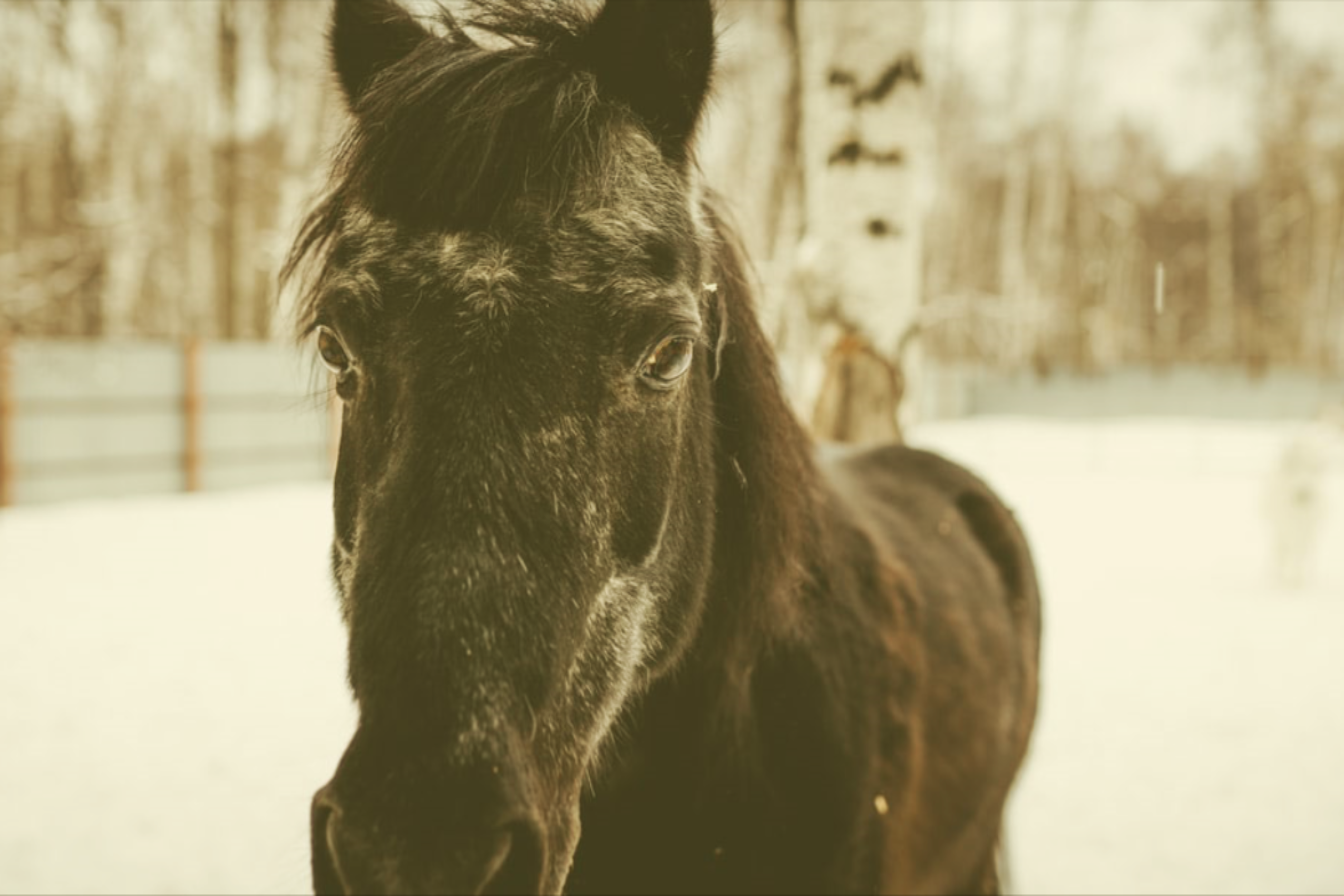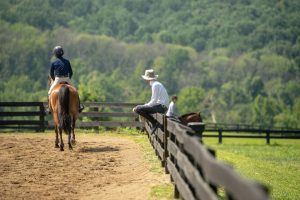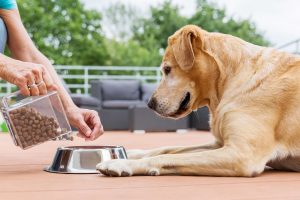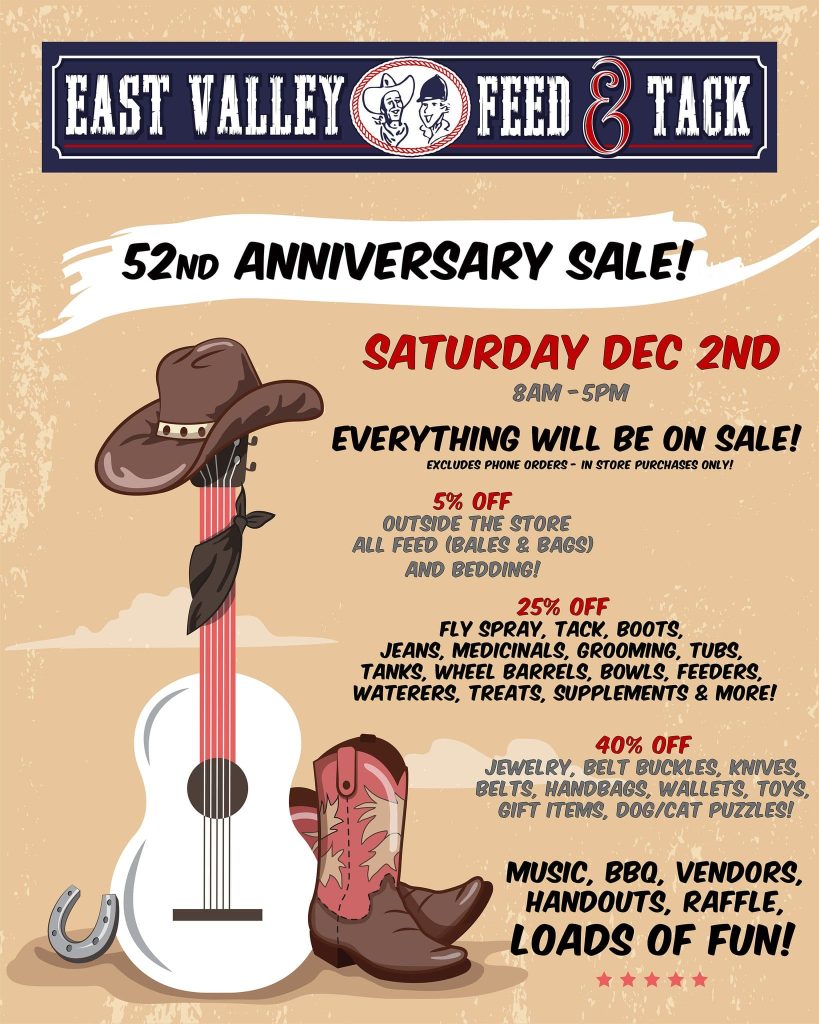With a little bit more consideration for both horse and rider winter riding can be an enjoyable experience. Originally posted by Pennsylvania State University – Article, Monitoring Exercise Performance, Warmup & Cool Down, Winter Car

There might be times when you wish you could ride your horses more during the winter months, even in the coldest of weather. When conditions are not slippery, riding can be excellent exercise for rider and horse.
What to Remember
- If you are riding in cold weather, you must take special care when cooling out horses, or you will be guilty of inflicting another form of winter stress.
- Other stresses are decreased water intake, increased energy needs (increased calorie requirements) and seeking comfort (standing out of drafts or standing in the sun).
- In addition, your horse’s work/training schedule might become somewhat altered or stopped in the winter months. Therefore, your horse could get somewhat out-of-shape and not be ready for a full riding session. Instead consider a long walk or gentle jog that can do the equine and rider plenty of good. If your horse is out of condition do not force a lot of exercise during bitter cold temperature.
- Equids are very capable of handling the cold temperatures and weather conditions that make most humans huddle inside.
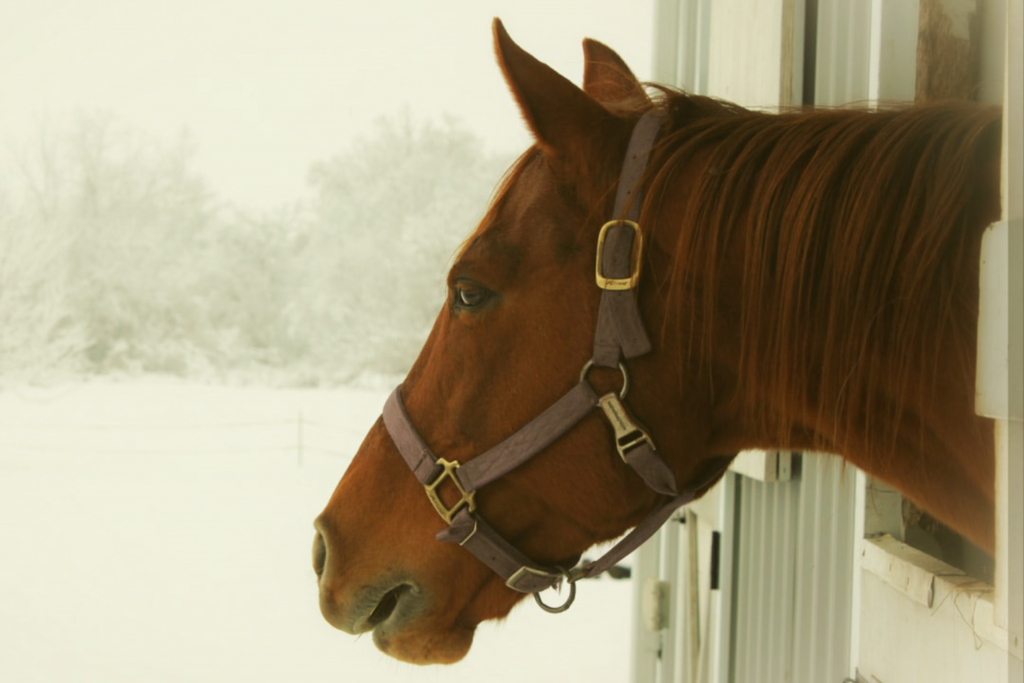
How to Cool Out Your Horse
- If a horse has exerted himself to the point where he is wet with sweat beneath the saddle, use special care to prevent chilling. Sudden changes in body temperature, such as a cold wind blowing on a sweaty back, can have harmful results.
- Placing a heavy insulated blanket on the horse immediately after unsaddling might do more harm than good. The heavy covering can trap moisture between skin and blanket, preventing the horse from drying. Place a light blanket over the sweating horse in cold weather and lead it around until the hair is dryer.
- Walking helps keep the body from cooling too rapidly, and the light blanket protects from wind and cold while allowing moisture to evaporate.
- When the horse’s coat is dry, remove the now-damp light blanket and either turn the horse out or cover him with a dry blanket.
- If your horse is breathing heavily with flaring nostrils after exercising, then you might need an extra long cooling out period before returning the equine to the stall or turnout area.
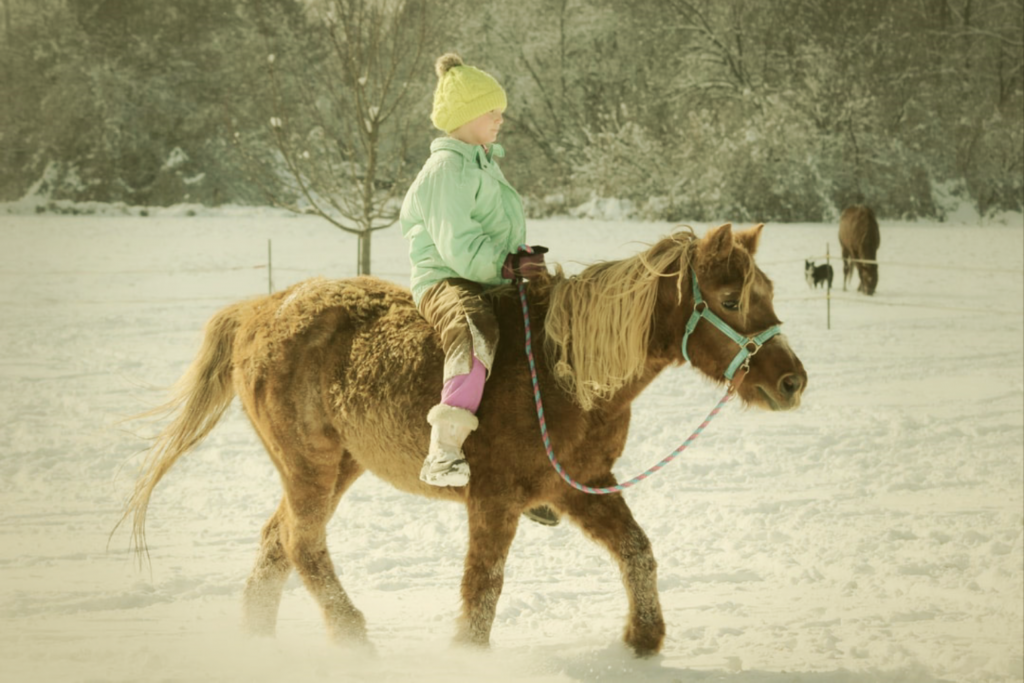
Riders Need to Dress Accordingly
- You need to prepare yourself for the cold, as well. Dress in layers so you can maintain a comfortable body temperature. Just as you want to prevent your horse from becoming chilled from perspiration, people should also avoid excessive perspiration.
- Layering apparel allows you to add or remove clothing easily as your body temperature changes.
With a little bit more consideration for both horse and rider winter riding can be enjoyed and both can experience the exhilaration of being in a winter wonderland.
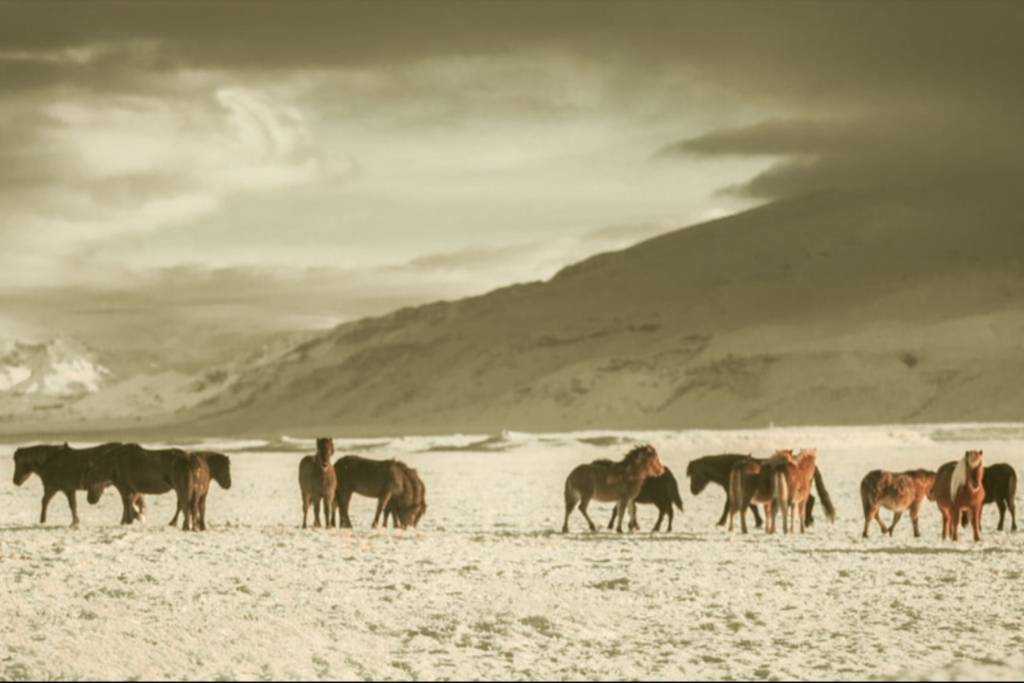
Remember that East Valley Tack has all the equestrian supplies and horseback riding apparel to keep you going all winter long. Check out our online store 24/7 or our retail location Monday through Friday 8-5:30pm

